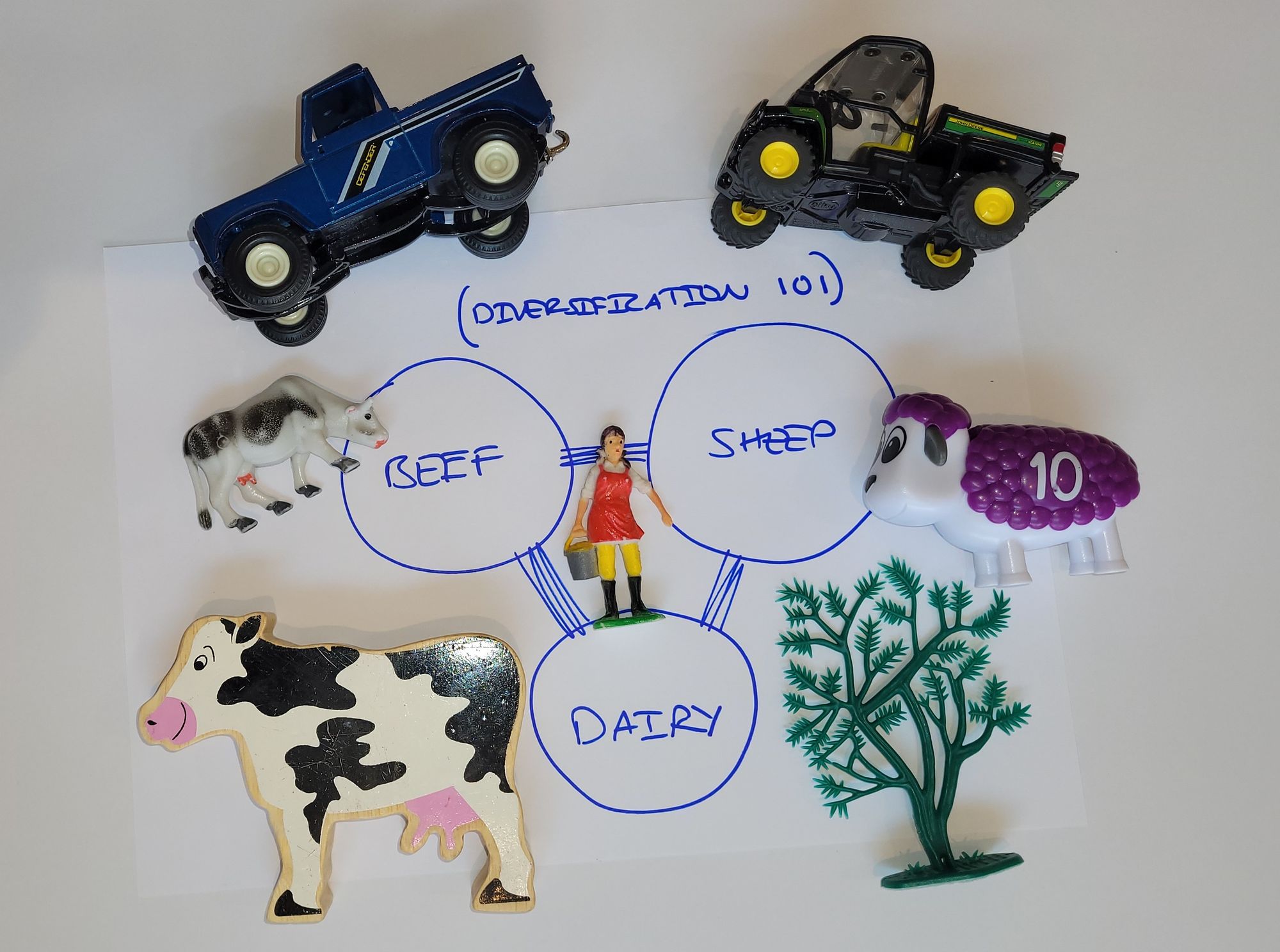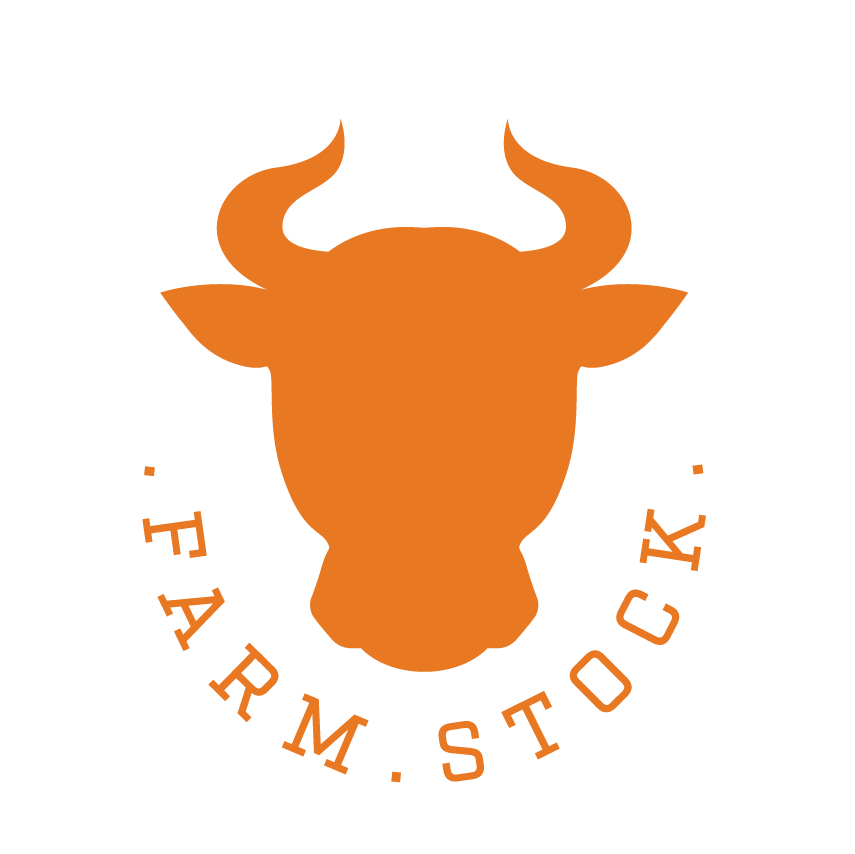What used to work....

The farm we run in South-West Scotland extends to around 3,000 acres - roughly 1,200 acres pastures and 1,800 acres of hill land. And for 80+ years we had beef, sheep and dairy units on the farm.
This, fairly simple, approach to diversification used to work well. If one unit struggled in any given year, it would be supported by the other two. For example, when the BSE crisis of the 90's appeared, the decent milk price helped support the reduction in beef revenue.
But the problem with our system was this: all three of these units generated revenue by selling into the food supply chain.
Throughout the 'naughties' there was a growing realisation that there was a reduction in revenue from more than one unit. Or in some cases, the revenue in all three would be down.

The old system of diversification that had served us so well was beginning to show cracks.
And this led to the decision to sell the dairy in 2009 - for various reasons but predominantly because the price of milk was shit, and had been for some time.
So this left a hole which needed filling. And we had two options:
- Either scale the business back and adjust to the lack of dairy revenue or;
- Look for additional revenue streams that would diversify out of food production
We chose the latter.
The geography, topography and location of the farm enabled us to diversify into renewable projects and environmental schemes to plug the revenue gap.
What used to work no longer does
This is a common thread across so many farms these days. What used to work so well, no longer does.
Farm businesses are finding it increasingly difficult to survive on food production alone and the drive towards diversification is happening through necessity.
And here is the common thread I have witnessed:
The farm businesses that are thriving are the ones that have diversified.
They have spread their risk and are no longer solely reliant on the supermarkets. They now have stable, predictable revenue streams that allow them to invest in the future of their businesses whilst retaining the traditional farming units alongside.
These are the businesses that are resilient and fit for the future.
So what are you waiting for? If you're thinking about diversifying, then check out these resources:
Until next week.....
Sandy
